8 kinds of flowering plants suitable for growing on windowsills. If you give them scattered light, they will bloom frequently. Suitable for beginners

There are many ornamental flowers that are suitable for growing indoors. The following ornamental flowers can often bloom if they are grown in places with scattered light. Even novices can grow them well. They are all very common plants in daily life. I will specifically introduce their maintenance points.
1. White Anthurium
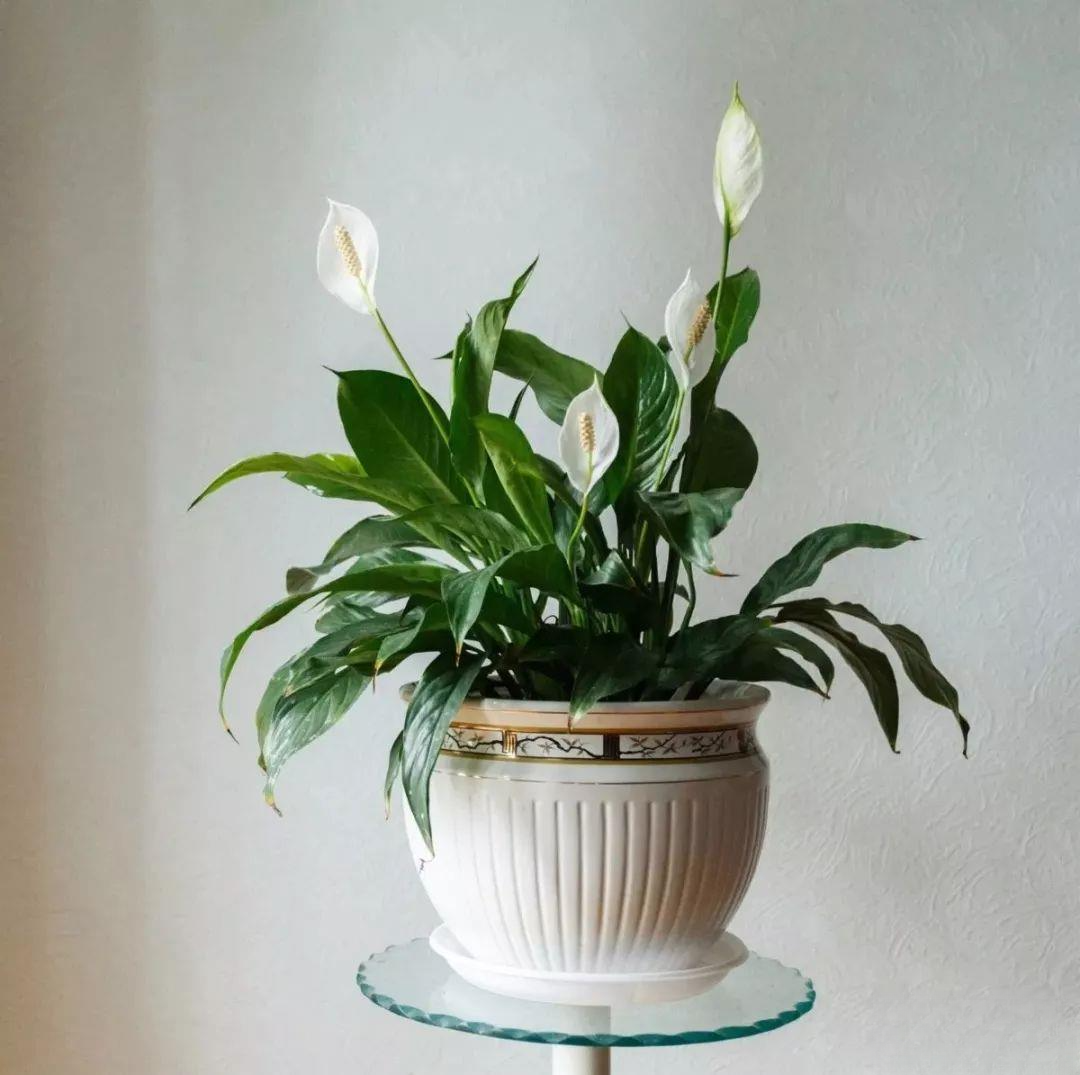
It is very simple to grow a potted white palm. It likes soft light and is suitable for growing on a south-facing or east-facing windowsill, but avoid direct sunlight. If you want the white palm to bloom, you must ensure that it has appropriate light every day and avoid growing it in excessive shade.
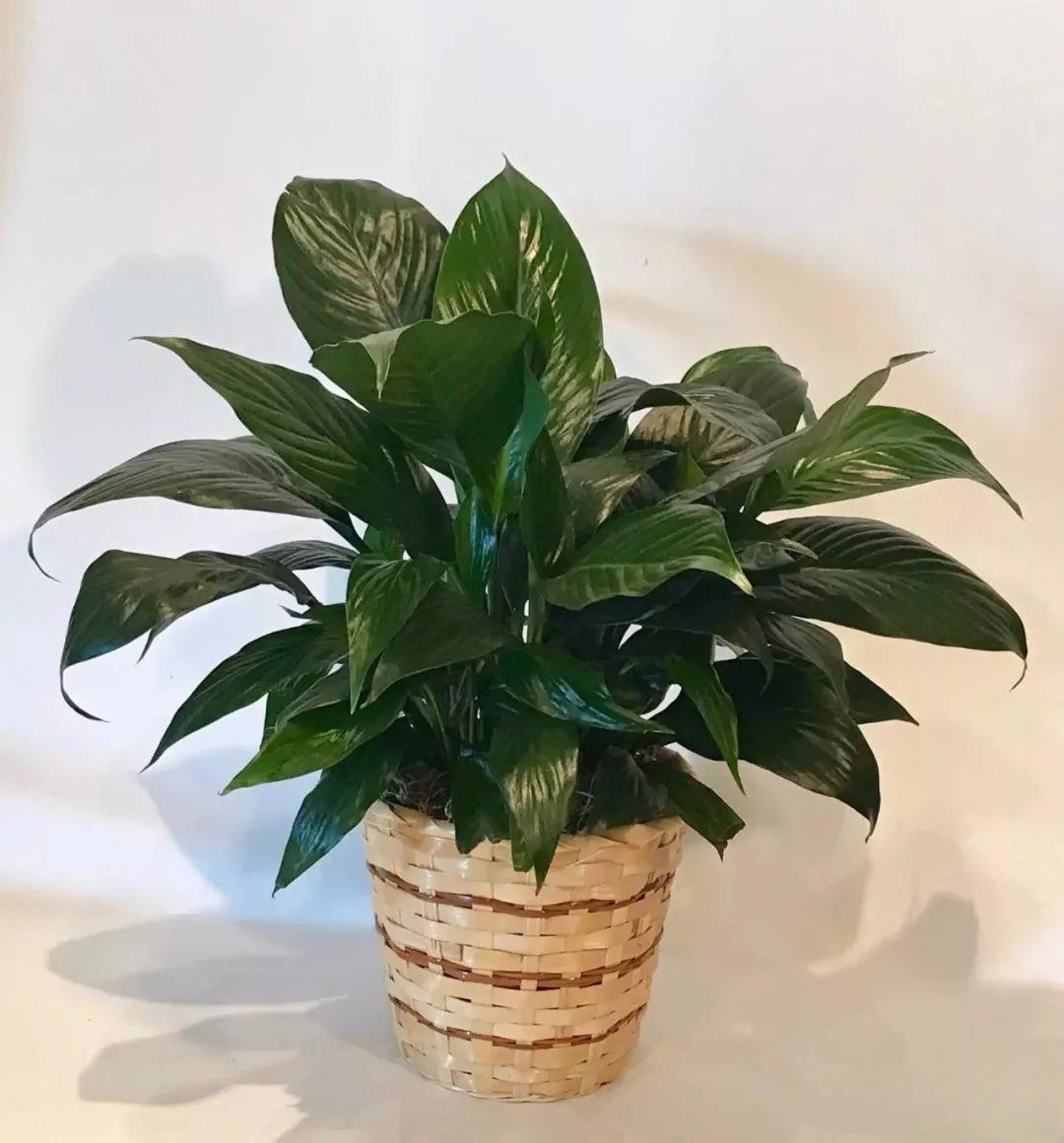
When raising anthuriums, you must also ensure that the environment is warm, with the temperature between 18 and 28 degrees, provide appropriate light, and water the soil thoroughly after it is slightly dry. Add Huaduoduo No. 1 or Huaduoduo No. 2 fertilizer every one or two weeks, and spray the two fertilizers alternately. This will promote the growth of flowers.
2. Phalaenopsis
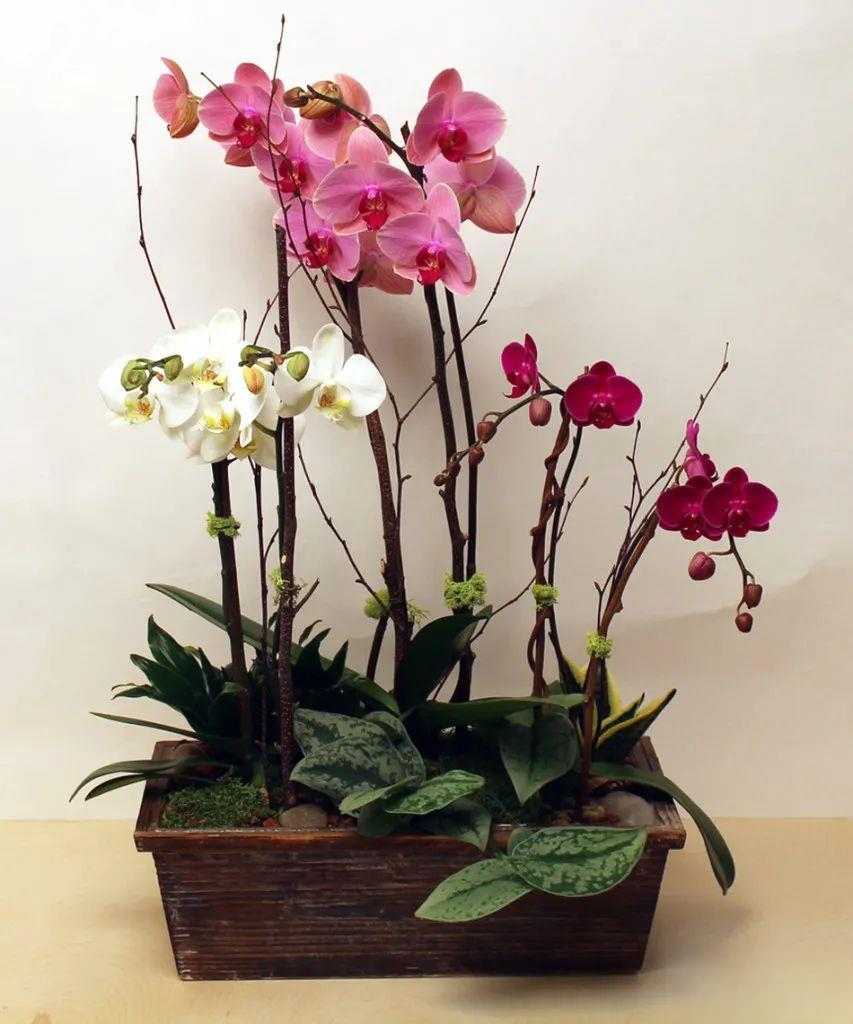
The flowering period of Phalaenopsis is almost over. It blooms in winter and spring. It likes sufficient soft light and is afraid of excessive exposure to the sun. It likes high humidity and is afraid of dryness. Phalaenopsis likes to be planted with loose, breathable and large-grained materials, such as pine phosphate and sphagnum moss. When planting, use a smaller container, preferably a transparent container with larger drainage holes at the bottom, which is more conducive to its growth.
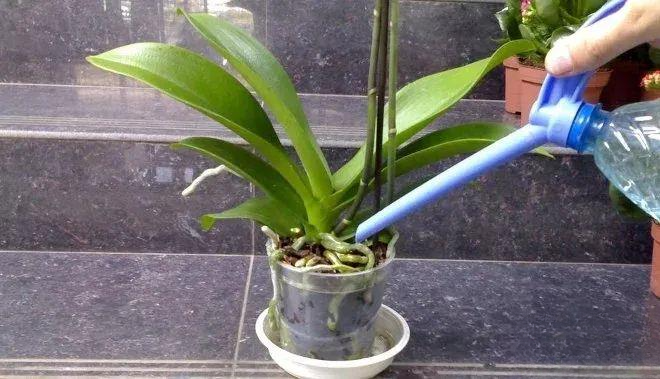
When caring for Phalaenopsis, avoid water accumulation, avoid long-term dryness, keep the environment ventilated, and maintain a certain humidity. In winter and spring, maintain the temperature between 18 and 25 degrees. You can add potassium dihydrogen phosphate once a week to promote growth and flowering.
3. Anthurium
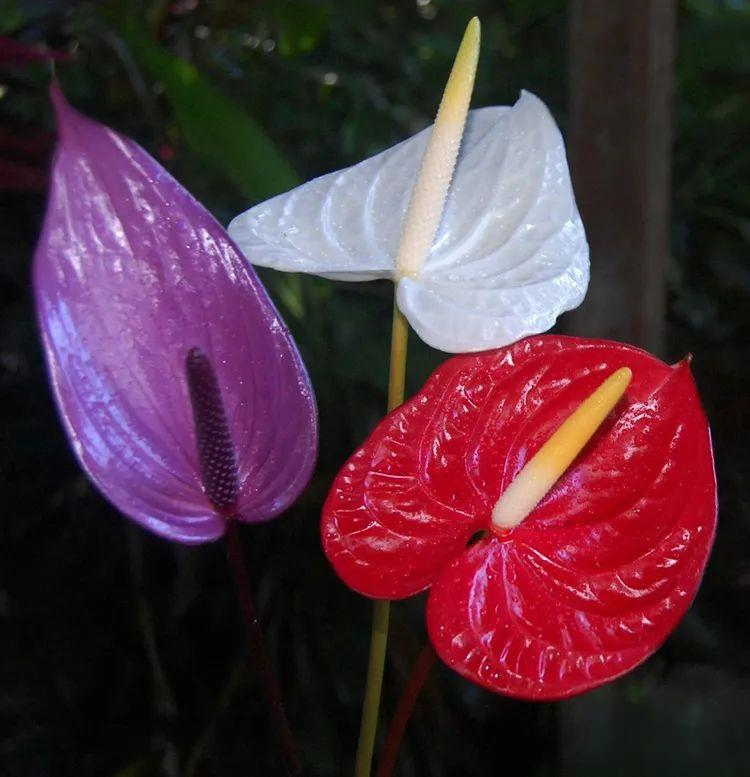
Anthurium refers to various tropical ornamental plants of the genus Anthurium, including the common red, yellow, white, purple and other varieties. It has rich colors, and its biggest feature is the heart-shaped (spa flame-shaped) bracts, which are matched with the fleshy spike-like inflorescence, making it very unique.
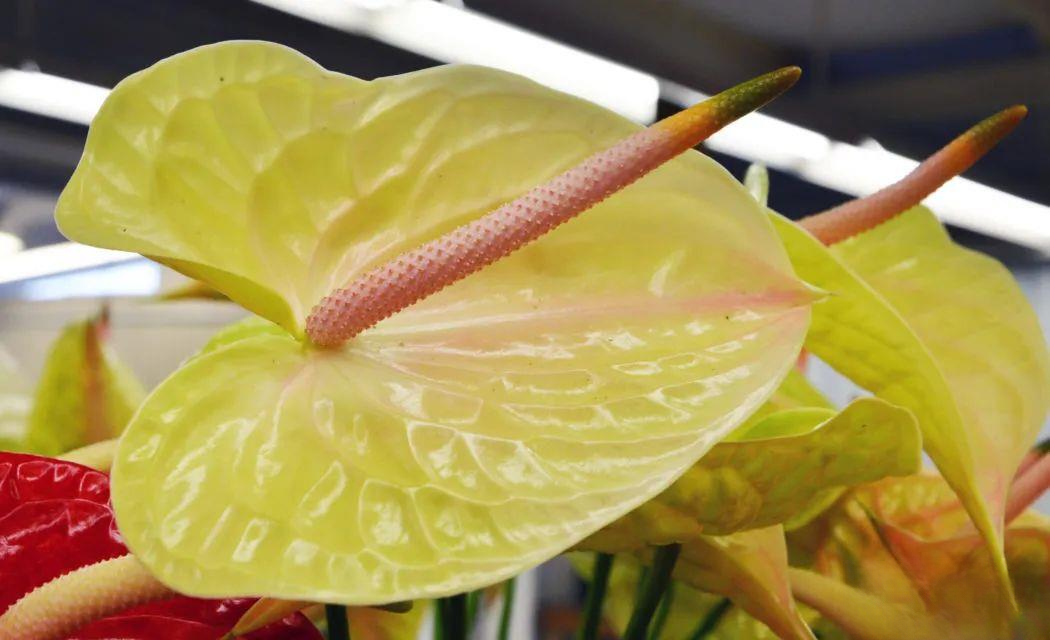
Anthuriums originally grow in the rain forest. They like a warm and humid environment all year round, high humidity and ventilation. The maintenance environment only needs 3 to 6 hours of soft light every day. During the growth process, they should avoid freezing, keep the minimum temperature above 10 degrees, and keep the air humidity above 60%. The cultivation soil should be rich in humus, and the pot soil should be breathable and loose, which is more conducive to its growth.
4. Amaryllis
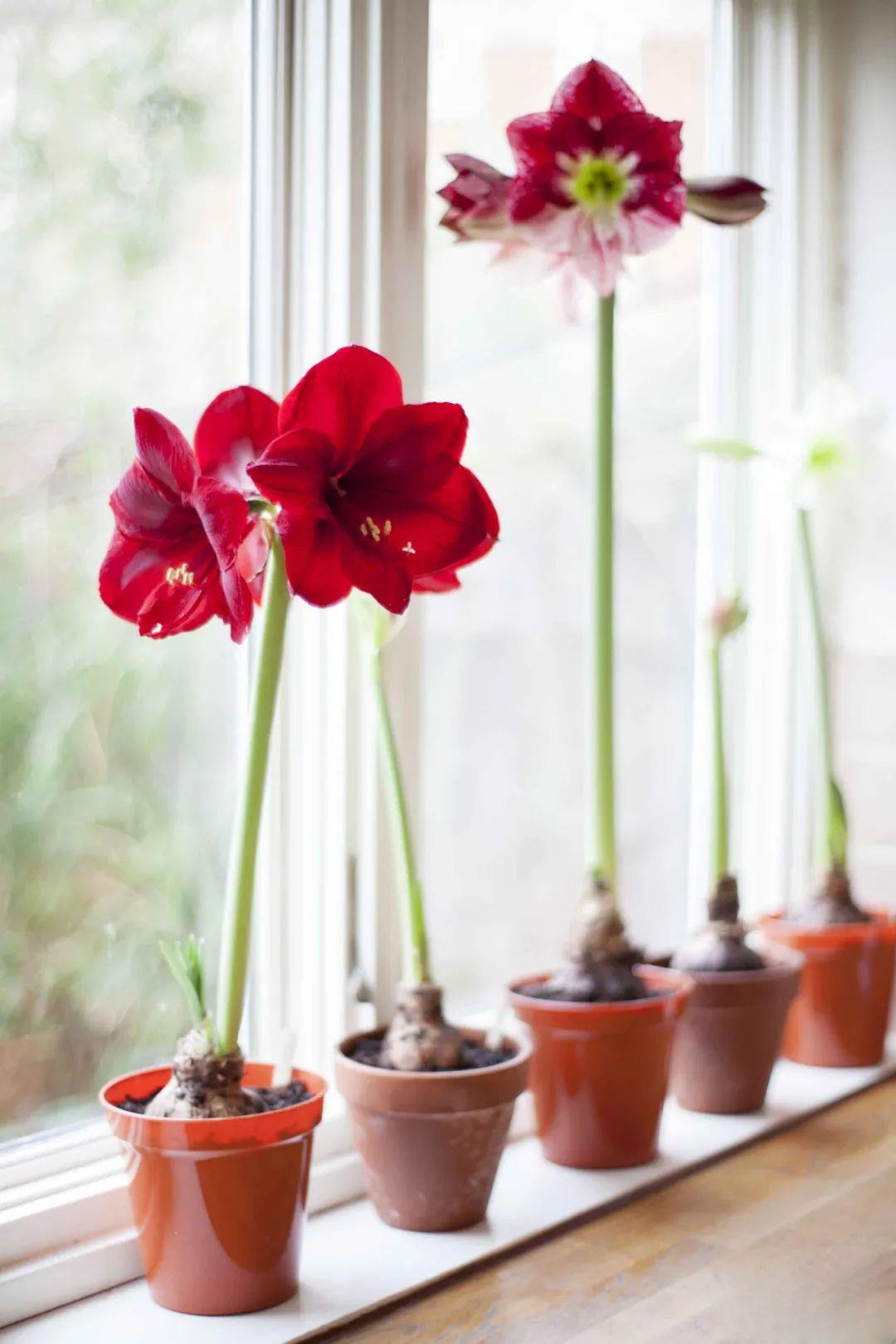
Amaryllis is suitable for growing on a balcony with more light, or on a south-facing windowsill. It is suitable for potted maintenance and does not require a large container to grow well.
It is suitable to buy bulbs for planting amaryllis in autumn. If the bulbs are full enough, they can bloom in the same year. In the second year, they will grow leaves and roots after the spring. If the remaining flowers are removed in time after flowering, and fertilizer is added and more light is given, it can slowly grow strong. When planting amaryllis, more than half of the bulbs should be exposed to the soil surface, which is conducive to ensuring the healthy growth of amaryllis and the opportunity to bloom every year.
5. Christmas cactus
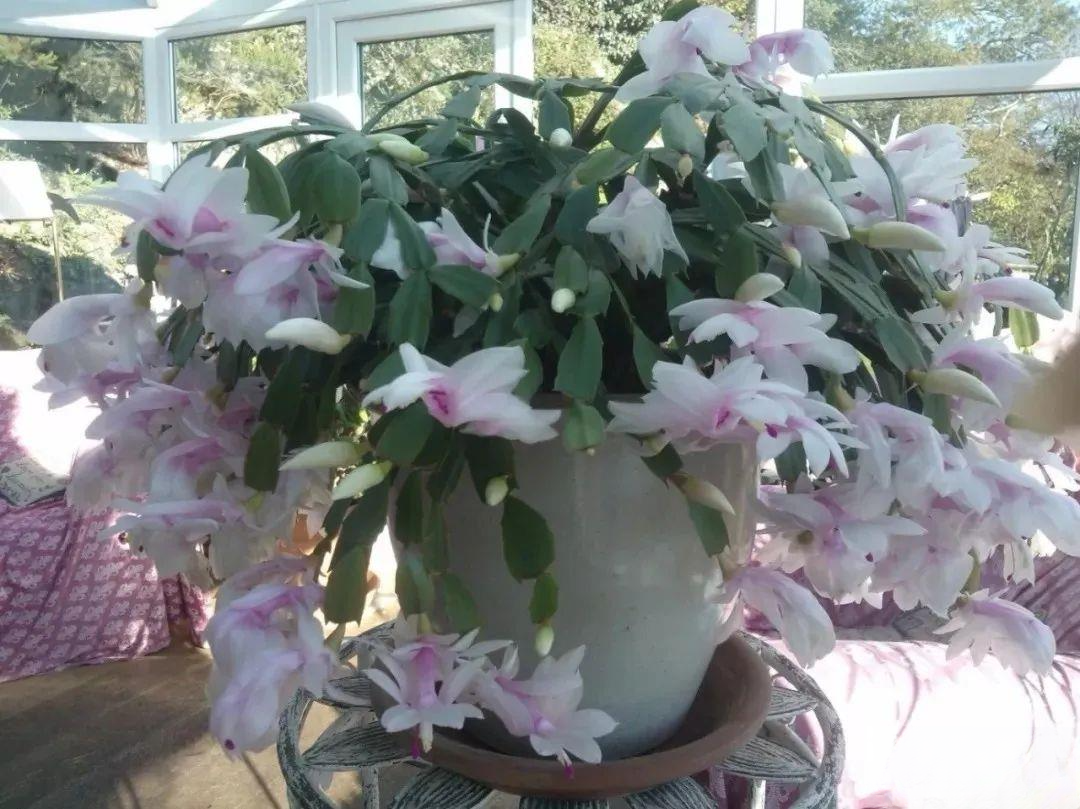
Many of my friends are growing Christmas cactus. Now the flowering period has ended and new leaves are growing. Before the weather gets hot, when the temperature is below 30 degrees, you can supplement it with Huaduoduo No. 1 or other general water-soluble fertilizers once a week.
When caring for Christmas cactus, give it more soft light and avoid direct sunlight. In winter and spring, it can be exposed to the sun more often. In summer, it should be shaded and ventilated, and water should be controlled appropriately, and fertilization should be stopped. When growing Christmas cactus in pots, avoid frequent watering, and make sure the pot soil is slightly dry before watering. At the same time, ensure that the environment is well ventilated and maintain a high humidity. If the environment is closed and the air is dry, it will be difficult to grow Christmas cactus well.
6. Gloxinia
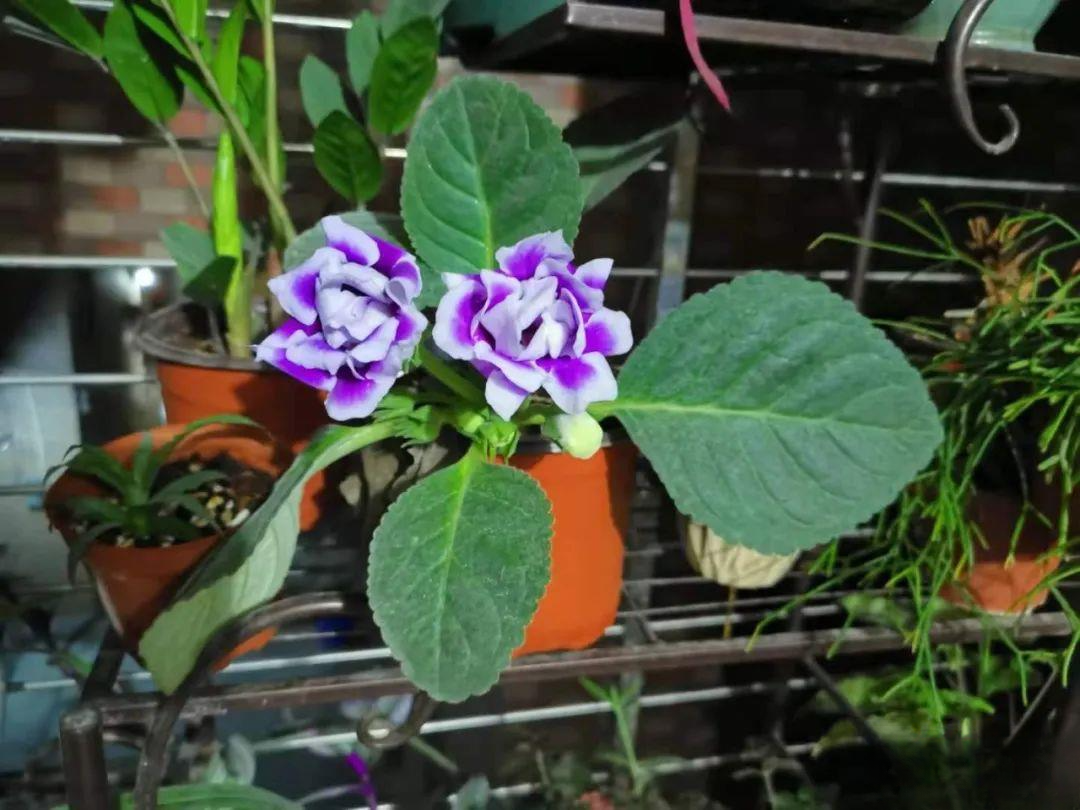
Gloxinia is one of the few shade-tolerant flowers suitable for growing on windowsills or balconies. It does not require much light and can bloom with more than 3 hours of soft light a day. Its disadvantage is that it is afraid of excessive cold and heat. In summer, you must pay attention to improving ventilation and avoid exposure to the sun.
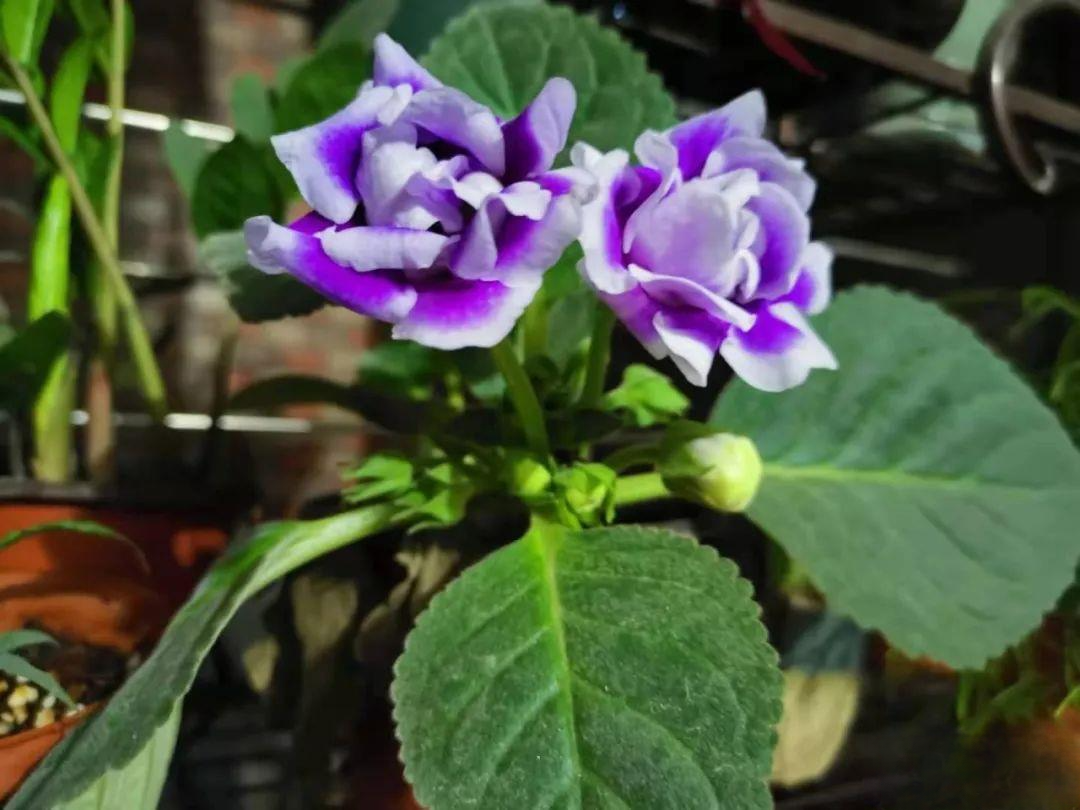
The soil for growing Gloxinia should be loose and breathable, and the flowerpot should have more drainage holes. It is okay if the flowerpot is slightly smaller. Beginners should try not to use a large pot to grow this plant. Its leaves have fine hairs, so try to avoid getting them wet. In the spring and summer growing season, apply thin fertilizer frequently, and add Huaduoduo No. 1 or Huaduoduo No. 2 once every one or two weeks.
7. Azalea
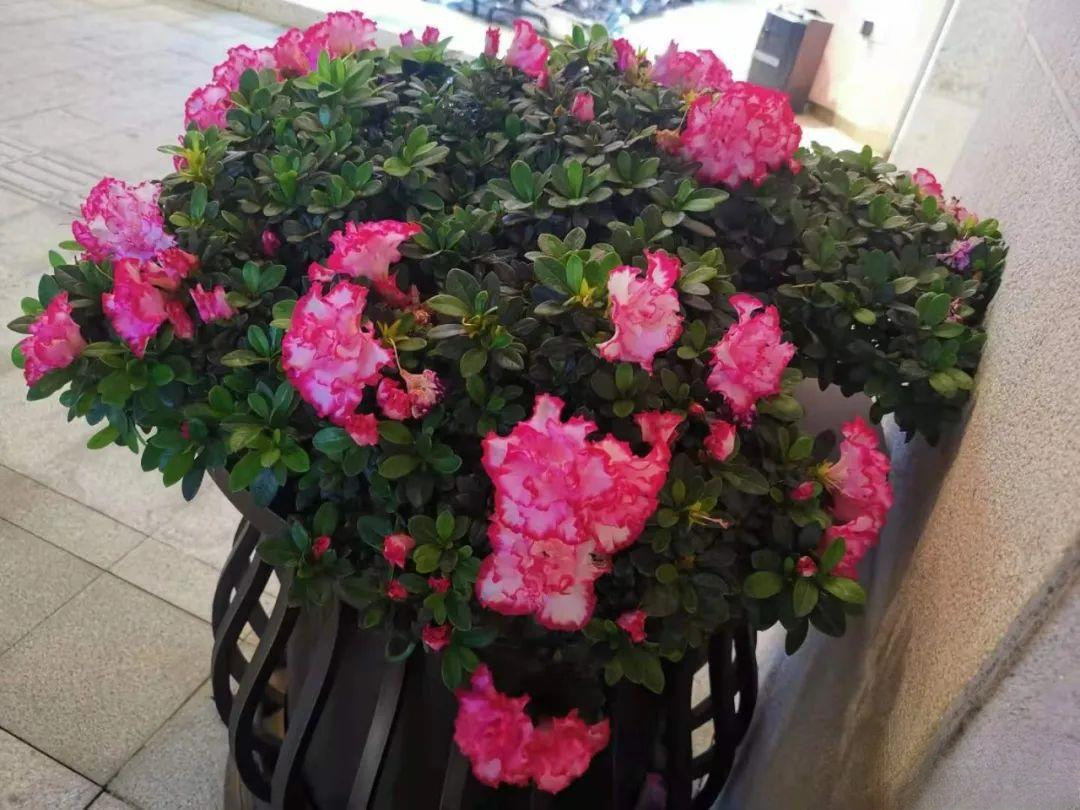
Many friends are planting potted azaleas. The varieties of this ornamental flower are becoming more and more abundant. It begins to bloom brilliantly every spring, but few flower lovers can grow it well, and it is even more difficult to make it bloom every year.
Azalea likes soft light. In summer and autumn, the temperature is high and the light is strong, so it needs proper shade at noon and in the afternoon. In winter and spring, the light is soft and the temperature is not very high, so it can be given as much light as possible to ensure that the azalea can produce flowers normally.
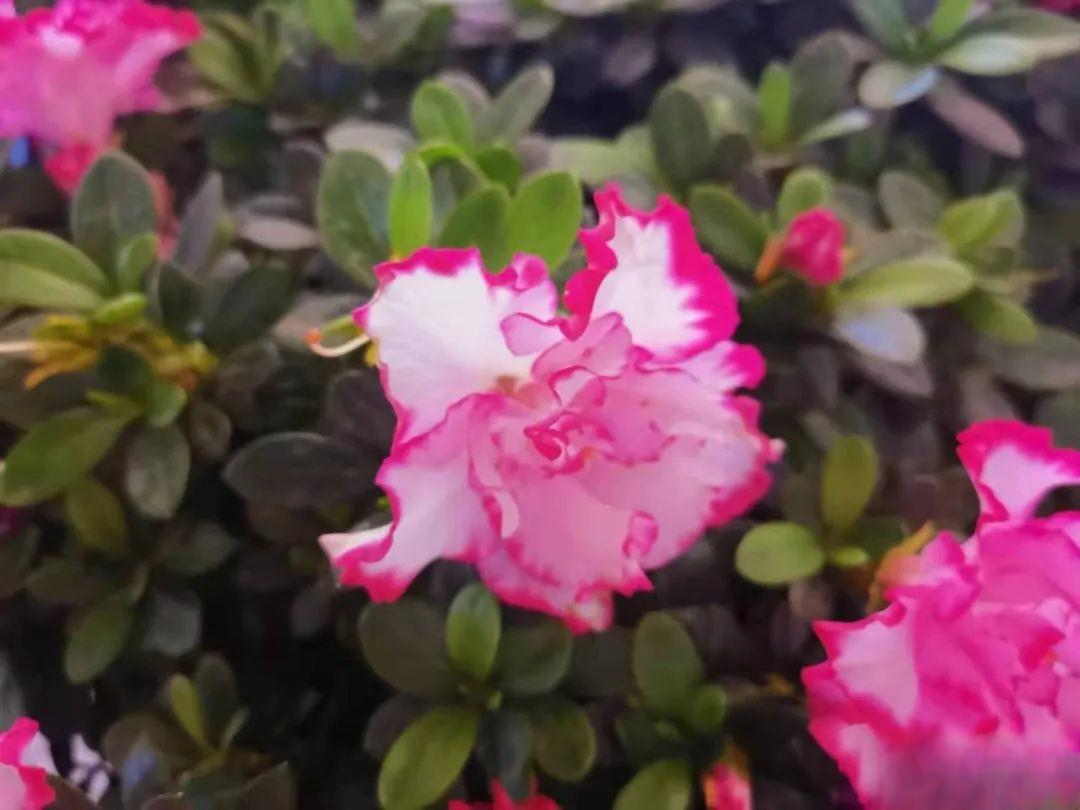
Azaleas are very afraid of having their roots suffocated, so the soil for cultivation must be loose and breathable enough. Try to choose red pottery pots or root control pots. The environment should be ventilated and light-permeable, and avoid growing them in a closed space. During the growth period, pay attention to the frequent application of thin fertilizers. After the spring warms up, apply potassium dihydrogen phosphate once a week to ensure brilliant flowering.
8. Geranium
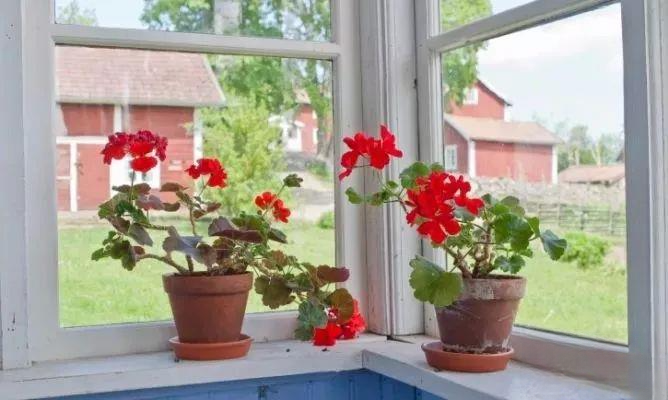
Geraniums are very afraid of heat. When it is hot in summer, the leaves tend to turn yellow or even wither. They grow better in spring and autumn. In summer, they need proper shade, enhanced ventilation, proper water control, and stop fertilizing.
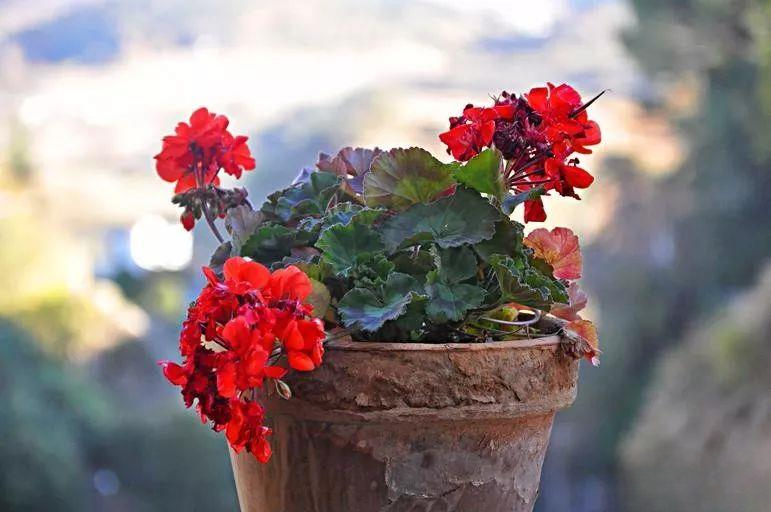
Geraniums need to be cared for in soft light and avoid excessive exposure to the sun. When the weather is cool, give them more direct light. Geraniums prefer a well-ventilated and light-permeable environment, so avoid keeping them in a closed space for a long time. The potting soil for geraniums should be loose enough and have appropriate fertility to ensure that the potting soil can form a rapid dry-wet cycle, which is conducive to the healthy growth of the root system and avoids suffocation of the roots or stunted seedlings.